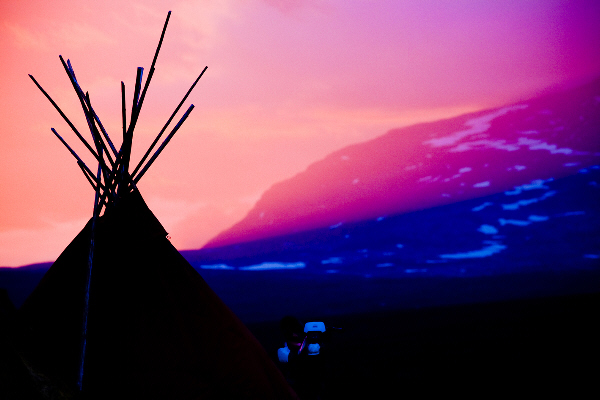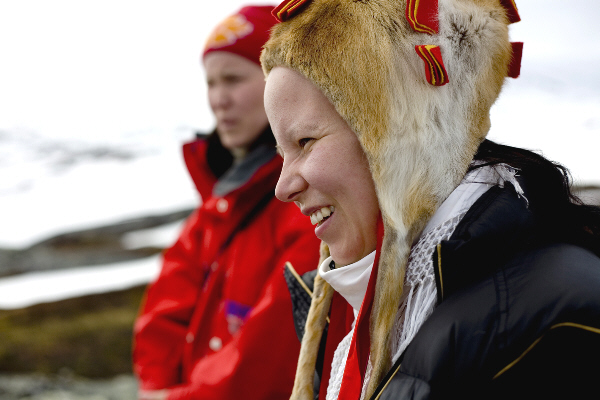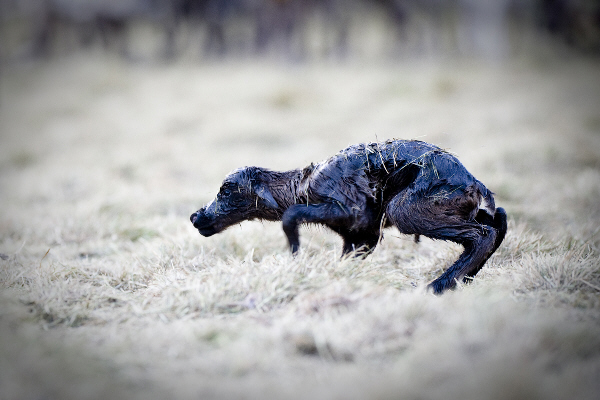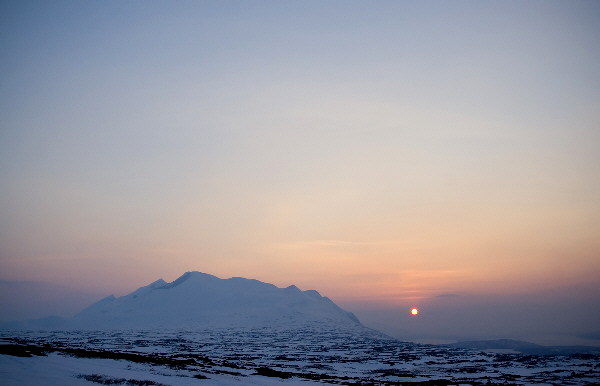
Photo courtesy of Carl-Johan Utsi/cjutsiphoto.se
How did the idea for VisitSápmi come about?
After so many years of tourism in Sápmi – we still see few successful companies. Something has to be done. The Swedish Reindeer Herders Association (Svenska Samernas Riksförbund) finally took the role of creating VisitSápmi since many of the reindeer herders are involved in tourism either as service providers or as reindeer herders on the land where big tourism investors wants to build yet another ski-resort.
From a Sámi point of view, we need to start to create visibility and awareness for the real Sámi experiences. One solution is to create Sápmi Experience. You will find the information about that here.


